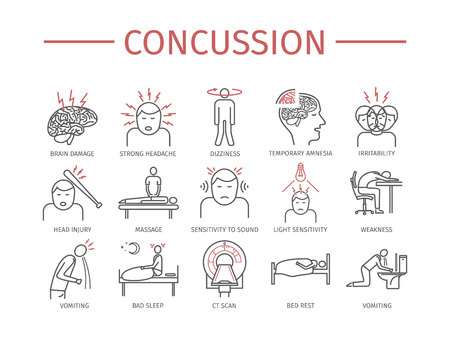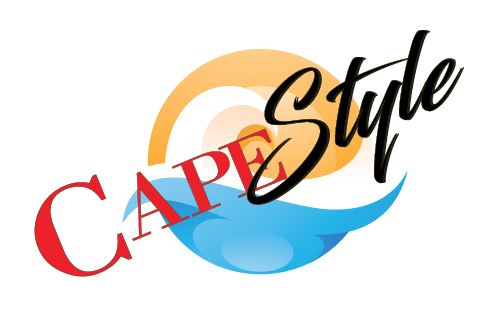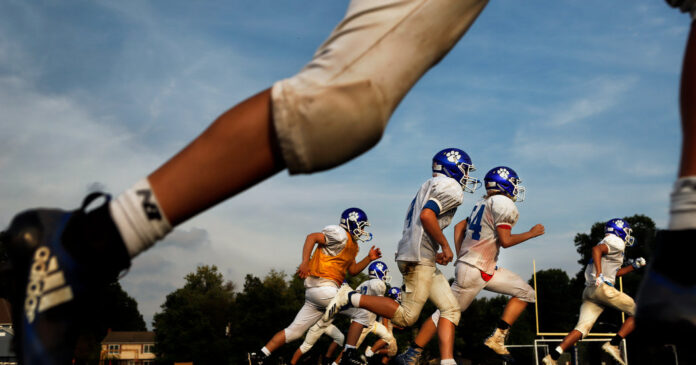
By Dr. Chris Mulvey, PT
The return of high school football brings a sense of normalcy back to student-athletes whose spring and summer seasons were cut short because of COVID-19.
Unfortunately, the return of high school football also means the return of serious injuries, including potentially life-altering concussions.

Despite safety enhancements to helmet designs and rulebook changes banning helmet-to-helmet tackles, football still has the highest concussion rate among 20 high school sports monitored by the American Academy of Pediatrics.
A generation ago, coaches, parents and teammates might have encouraged athletes to get back on their feet and on the field after taking a big hit. Now, we all know better. Concussions are traumatic brain injuries, and just like any serious injury, it takes time – and often rehabilitation – to recover.
The fall sports season offers another opportunity to educate coaches, parents and athletes about concussions and brain injuries. Below are responses to some frequently asked questions:
What is a concussion?

According to the CDC, “A concussion is a type of traumatic brain injury caused by a bump, blow or jolt to the head or by a hit to the body that causes the head and brain to move rapidly back and forth.”
This sudden movement can cause the brain to bounce around or twist in the skull, creating chemical changes in the brain and sometimes stretching and damaging brain cells.
How do you know if you have a concussion?
Common symptoms of a concussion include a headache, nausea, vomiting, balance problems, dizziness, double vision, sensitivity to light or noise, confusion and a general feeling of sluggishness.

Should you see a doctor?
Yes. In fact, many state athletic associations now require medical clearance before an athlete can return to competition. Doctors may elect to perform a neurological exam, cognitive testing and imaging tests. The six-step “Return to Play Progression” used in many states requires a minimum of 24 hours to complete each step, and the form must be signed by a physician, coach, school administrator and the student before he or she can compete again.
What if I have a concussion?
For the first few days, rest is the best medicine. This includes both physical and mental rest. Studying for exams, using a computer, playing video games and even watching TV can make symptoms worse because those stimuli prevent a brain from recovering.
Are there long-term impacts?
Generally, most sports-related concussions are considered “mild.” Symptoms can last a few days to a few weeks, gradually disappearing with adequate rest. Individuals who have experienced one concussion, however, are more likely to experience additional concussions, increasing the probability of long-term consequences like headaches, forgetfulness, mood swings, difficulty sleeping and dizziness. That’s why it is so important to let the brain fully heal before returning to competition.
How can physical therapy help?

After an initial period of rest, physical therapists can design strategies to improve brain functionality, reduce discomfort and alleviate painful symptoms.
Physical therapy, occupational therapy, massage therapy, specific stretches and eye motion exercises are among the most common activities that help concussion patients recover.
What is baseline testing?
Researchers and physical therapists can conduct baseline testing to assess how an athlete’s brain performs in a healthy state. Therapists will measure balance, reaction time and additional areas. Later, if that individual is believed to have experienced a concussion, a trained medical professional can compare baseline results with subsequent findings.
Football teaches the importance of teamwork, builds camaraderie among the student body, fosters competition between rival schools and brings families together on Friday nights. Understanding the risks and proper steps following a concussion can set the tone for a safe season.

About the Author
Dr. . Chris Mulvey, PT, is president for company clinics at FYZICAL Therapy & Balance Centers, which has 405 locations in 45 states. For more information, please visit FYZICAL.com.



